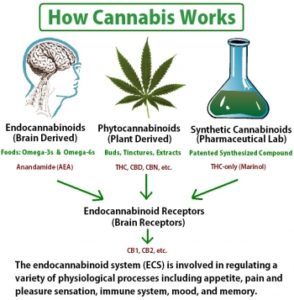You’ve checked out the state government laws on marijuana, gotten your things in order to make obtaining a medical marijuana I.D. card in your state easier, and taken a look at the news and regulations. Now it’s time to find a marijuana doctor near you, who will confirm your condition for so that you can get started with the most important aspect of marijuana therapy: getting your medicine and beginning treatment so you can find pain relief or relief from other symptoms your condition causes. But where do you look first?

Marijuana alleviates pain, reduces inflammation, and promotes sleep, which may help relieve pain and discomfort for people with rheumatoid arthritis as researchers announced in early 2000. There’s so much information out there some of it misinformation. A study, published in the journal Molecular Pharmaceutics, found that THC, the active chemical in marijuana, slows the formation of amyloid plaques by blocking the enzyme in the brain that makes them. These plaques seem to be what kill brain cells and potentially cause Alzheimer’s. A synthetic mixture of CBD and THC seem to preserve memory in a mouse model of Alzheimer’s disease. Another study suggested that in population-based studies, a THC-based prescription drug called dronabinol was able to reduce behavioral disturbances in dementia patients.
So, you’ve been doing your research, finding out about medical marijuana, and confirmed that your condition is treatable with medical marijuana. You may be suffering from cancer, epilepsy, chronic pain, PTSD, nausea associated with chemotherapy, cachexia, or a host of other conditions that qualify you for medical marijuana in your state but you’re not alone. Researchers at Harvard Medical School suggested that that some of the drug’s benefits may actually be from reduced anxiety, which would improve the smoker’s mood and act as a sedative in low doses. Beware, though, higher doses can increase anxiety and make you paranoid. There is help in the form of marijuana therapy, and you just have to find it.
It may also ease painful symptoms of multiple sclerosis, a study published in the Medical Association Journal in May suggests. A researcher studied multiple sclerosis patients with painful contractions in their muscles. These patients didn’t respond to other treatments, but after smoking marijuana for a few days they reported that they were in less pain.

Related: Marijuana For Anxiety

Recent research from Israel shows that smoking significantly reduces pain and tremors and improves sleep for Parkinson’s disease patients. Particularly impressive was the improved fine motor skills among patients. One of the most well-known medical uses of marijuana is for people going through chemotherapy.
Cancer patients being treated with chemo suffer from painful nausea, vomiting, and loss of appetite. This can cause additional health complications. Marijuana can help reduce these side effects, alleviating pain, decreasing nausea, and stimulating the appetite. There are also multiple FDA-approved cannabinoid drugs that use THC, the main active chemical in marijuana, for the same purposes.

Marijuana is safer than alcohol. That’s not to say it’s completely risk free, but it’s much less addictive and doesn’t cause nearly as much physical damage. Disorders like alcoholism involve disruptions in the endocannabinoid system. Because of that, some people think cannabis might help patients struggling with those disorders. Research shows that some people use cannabis as a less harmful substitute for alcohol, prescription drugs, and other illegal drugs.
Some of the most common reasons for patients to make that substitution are the less adverse side effects from marijuana and the fact that it is less likely to cause withdrawal problems. Some people do become psychologically dependent on marijuana, and this doesn’t mean that it’s a cure for substance abuse problems. But, from a harm-reduction standpoint, it can help.